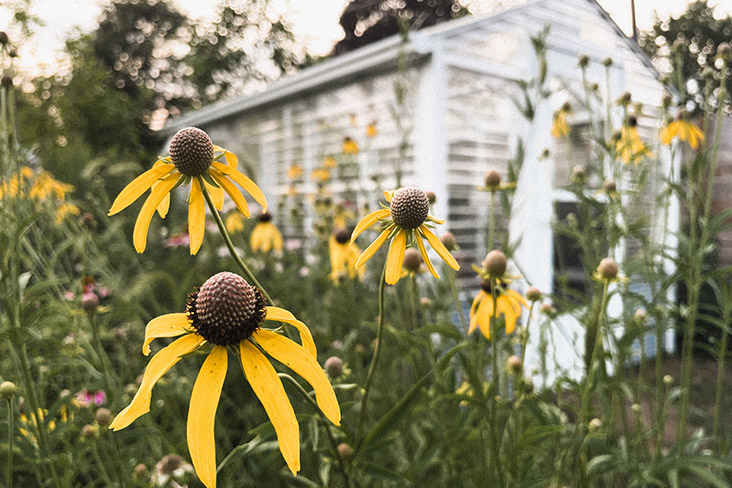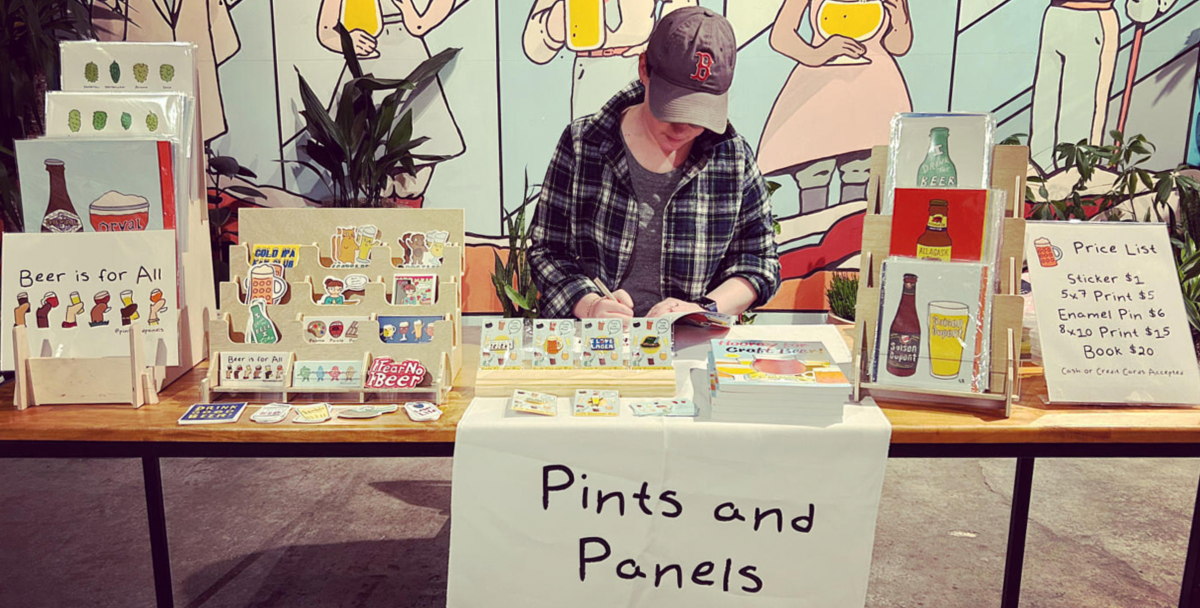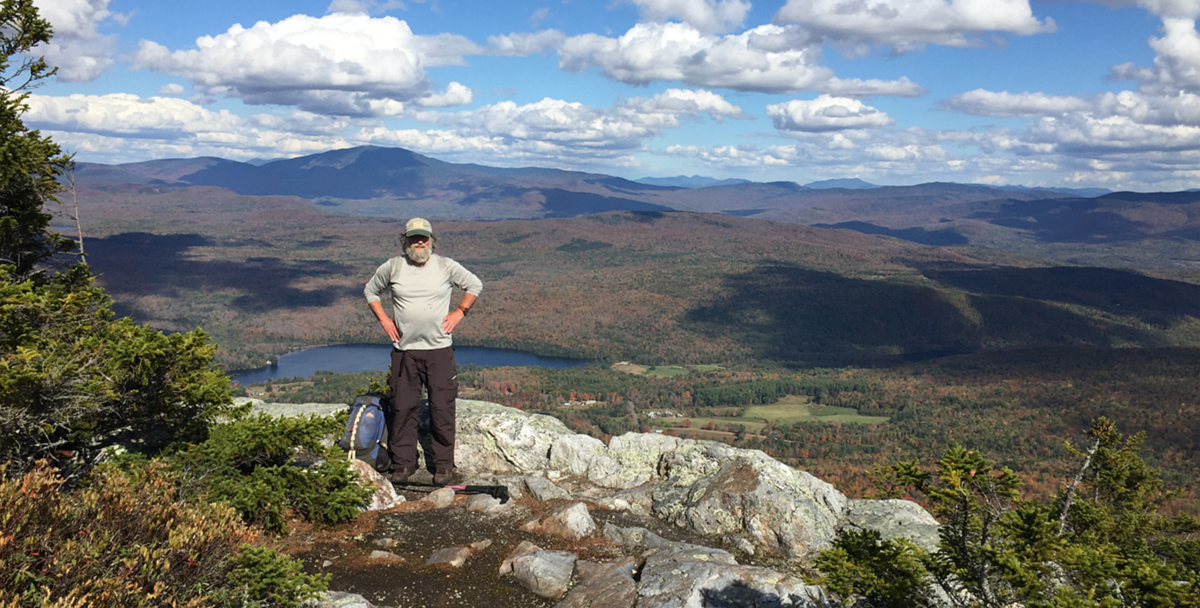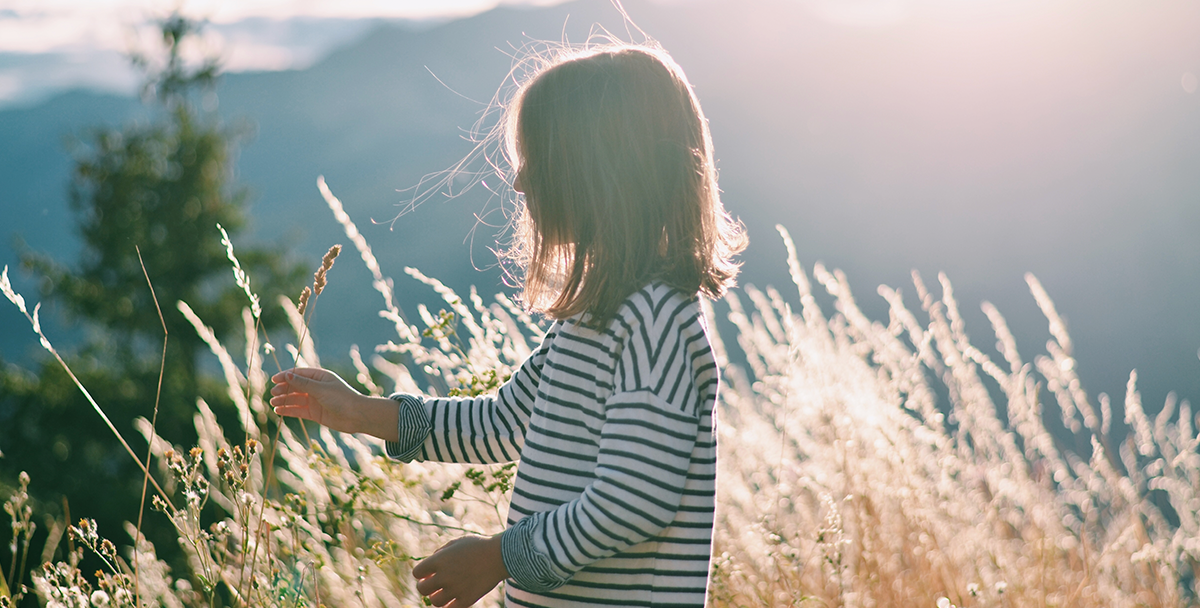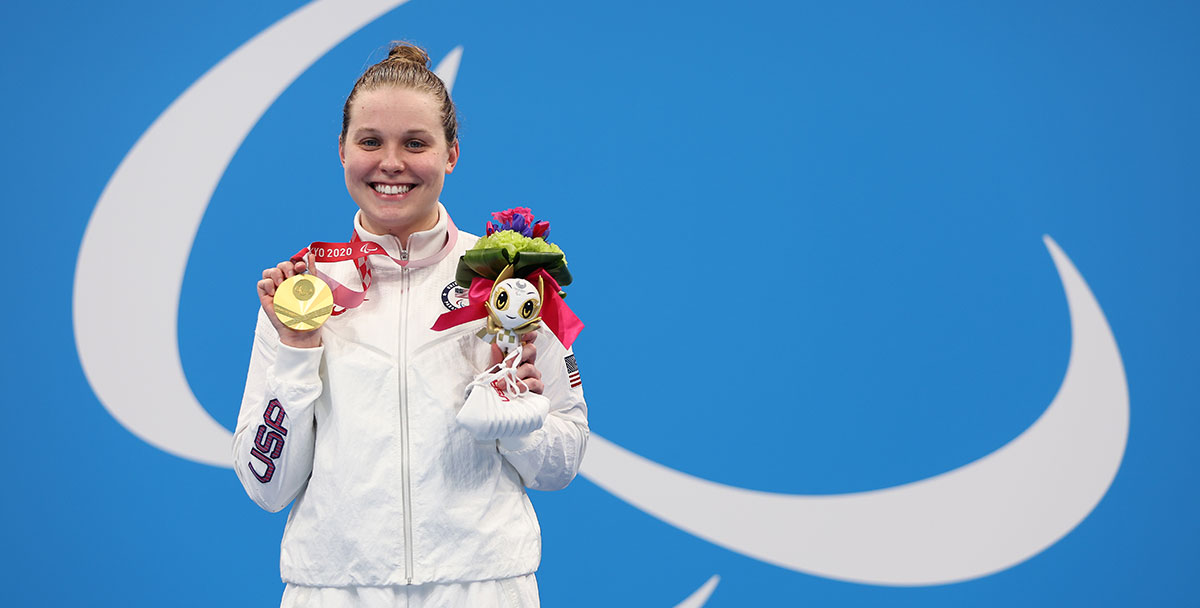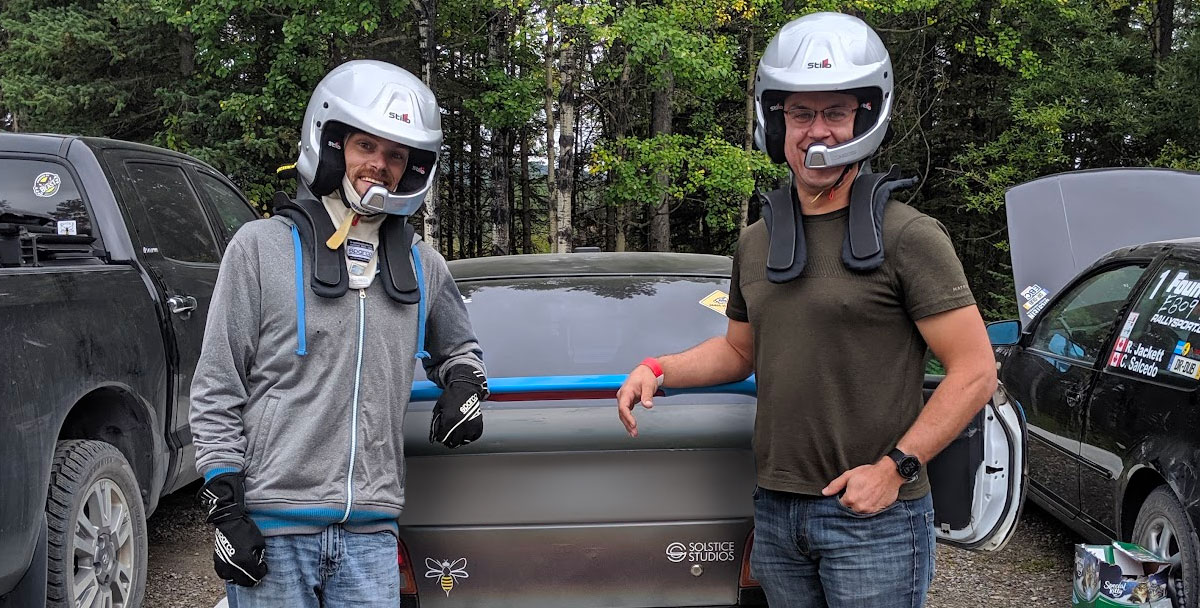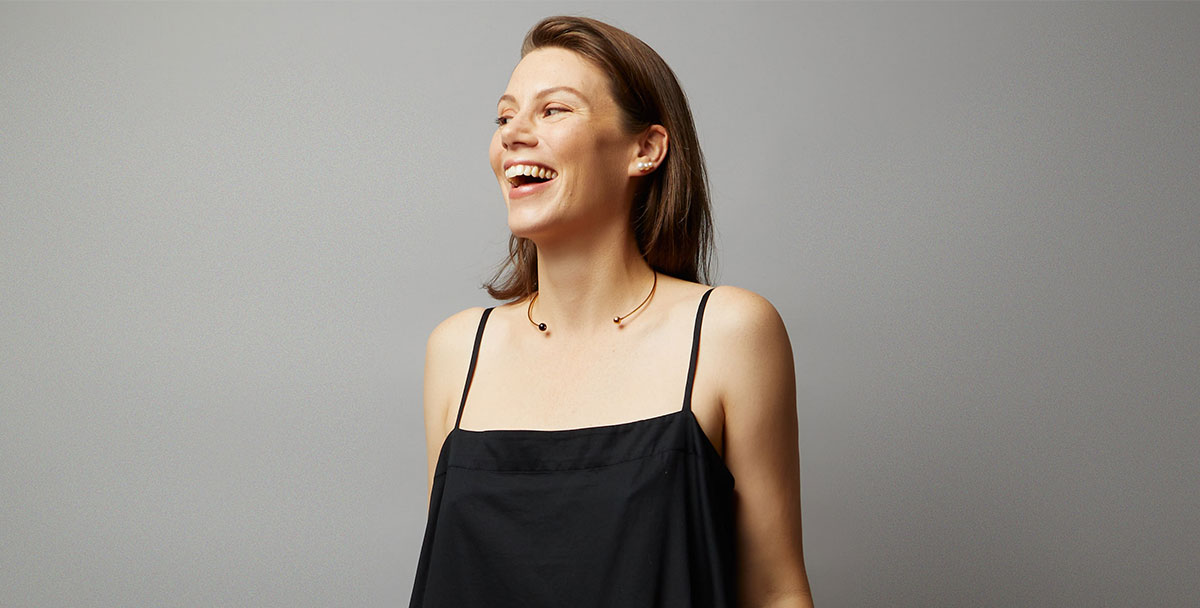The entrance to Karl and Katie Kloos’ yard is framed by columns of goldenrod and coneflower. Down an aisle of grass, bumblebees and beetles clamber among the asters and milkweeds, and birds pick from a chokecherry stooping with fruit. Suddenly, a clearing opens to a dining space beset on all sides by open blooms.
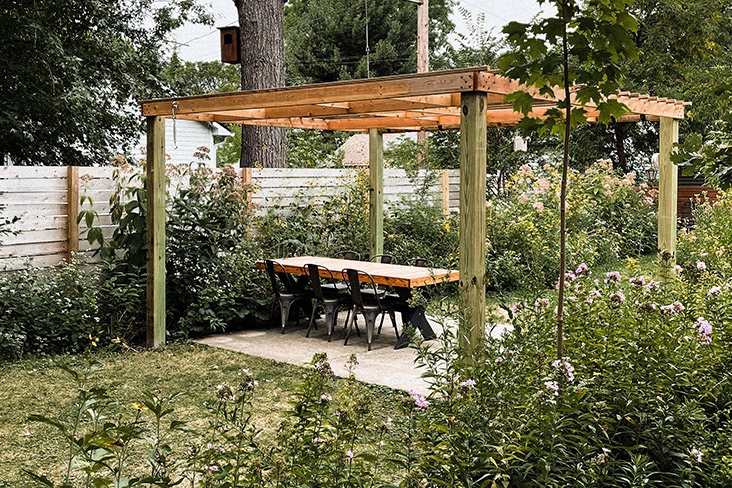
Blocks away is Snelling Avenue, one of the busiest roads in St. Paul, and the Minnesota State Fairgrounds. On the other side, the Como Park Zoo & Conservatory. But the commotion of these attractions seems worlds away. That’s why the married landscapers bring all their clients here first. The Klooses founded Northern Natural Gardens to help people rediscover the beauty and serenity of the native landscape right in their own backyards.
“The average person thinks of nature as somewhere they drive to,” Karl says. “We don’t think of our yards as nature, though. I know a lot of ecologists who have junk ecosystems in their yards.”
Growing up in Forest Lake, Minnesota, Karl spent his youth in the woods, creating spaces to play within the native foliage. As he grew into an adult, he started working for a local landscaping company, but he was spending all his time pulling up plants and replacing them with pavers and concrete.
Restless, he traveled to South America, Thailand, and eventually South Africa. Along the way, he started taking photos.
At the same time, Katie was concluding her own jaunt around the globe. She’d caught wanderlust after a trip to Colorado and spent months backpacking in Europe. When she returned, she enrolled at The Art Institutes International Minnesota, where the two met.
Karl joined one of Katie’s projects, and before long, the two started dating. When a friend asked Katie to shoot her wedding, she brought Karl along with her. Afterward, they took the $500 they’d made, packed up their 2009 Outback, and spent 10 days camping in Superior National Forest.
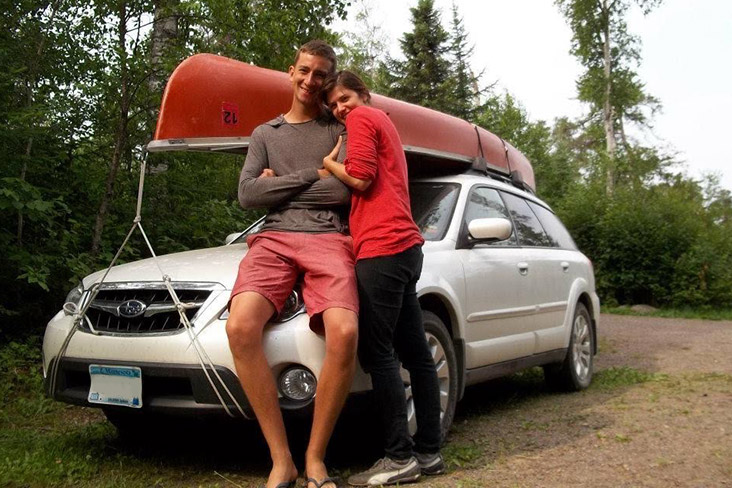
In 2013, they founded a wedding business called Tandem Tree. For the next four years, Karl and Katie drove around the Midwest planning and photographing weddings and learning more about native ecosystems. For Katie, it was an awakening.
“A lot of people know the names of plants, but we mainly know the names of European plants,” she says. “We don’t know the names of the plants that are native to this area.”
In 2016, the couple bought their current home in St. Paul, a small bungalow on an oversized lot. Soon after, they broke ground on their dream pollinator garden. In November of that year, they married.
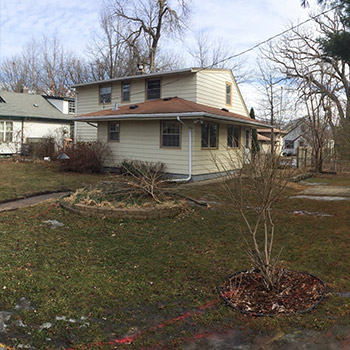
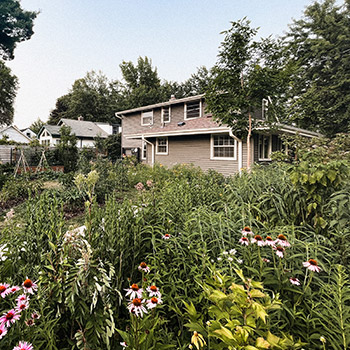
Their vision was to swap the English-style lawn and horticultural shrubs for a vibrant, teeming garden bursting with natural vegetation. Karl went to local parks and cut the flowers and seed heads from native plants, collecting seeds to be sown in the soil. They attended lectures, watched documentaries, and pored over YouTube and podcasts, learning how to reengineer the landscape.
Karl’s training as a landscaper taught him that conventional standards for lawns are a carryover of British colonization, where well-groomed monocultures were considered a sign of affluence.
But the United States climate is not as suited to grass, so lawns require fertilization, weeding and excessive watering to thrive. This is even more pronounced in a state like Minnesota, where temperatures, daylight hours and humidity fluctuate greatly with the seasons.
Horticultural shrubs like the ones Karl was trained to use are raised in greenhouses and treated with pesticides, and when they’re exposed to the extremes of Minnesota weather, they cannot survive without human interference.
“Landscapes might be some of the most preserved relics of most postwar culture that we have,” Karl explains. “We dress differently; we talk differently; we work differently; we eat differently. We do all of these different things that have changed since the ’60s, except our lawns could literally be cut and pasted from the Sears catalog.”
Galvanized, the Klooses started advocating for natural gardens consisting of native plants, ones that have evolved to survive the climate and give back to local animals and insects. As the USDA notes, native plants reduce the need for mowing and pesticides, all while providing habitats for at-risk species, like pollinators.
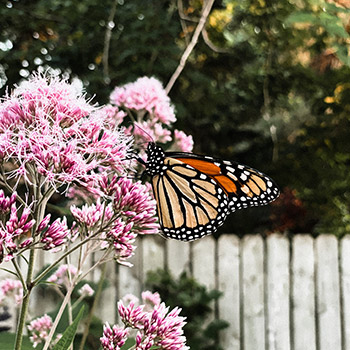
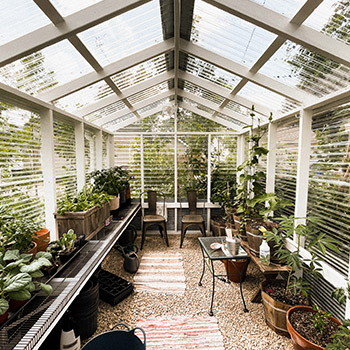
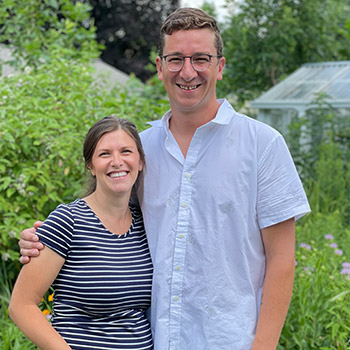
As their garden grew, overtaking more and more of the lawn, backyard guests were intrigued. They asked Karl and Katie to help them transform their own yards. In 2019, the Klooses photographed their last wedding and founded Northern Natural Gardens so they could focus full time on gardening.
“While we were creating beautiful memories for people, we didn’t really feel like we were doing anything to make the world better,” Katie says. “We wanted to be doing something that gave back.”
The Klooses know they’re up against a lot of history and preconceived notions of what yards should look like. Their Northern Natural Gardens designs can look unkempt by Eurocentric standards. The plants take two years to establish, growing up from seeds over the seasons rather than being at full bloom from the installation.
It can be a test of patience, with weeding and mulching mandatory every fall and spring, but once the native plants are rooted, they need no watering or fertilizer. They naturally choke out invasive plants and bloom every year, welcoming birds, insects, and mammals.
Now in its third year, Northern Natural Gardens has stewarded over a dozen lots all over the Twin Cities metro region. The Klooses have more inquiries than they can take on, and they’ve seen an increasing number of natural gardening companies open.
Their yard is now home to over 100 native species, and more than that, it’s a testament to what any homeowner can do to better steward the land they live on.
“We have the start of a model that can work,” Karl says. “100 years from now, we’re not going to have conventional landscapes like we do now. They’re a remnant from the past, and that is just not sustainable.”
